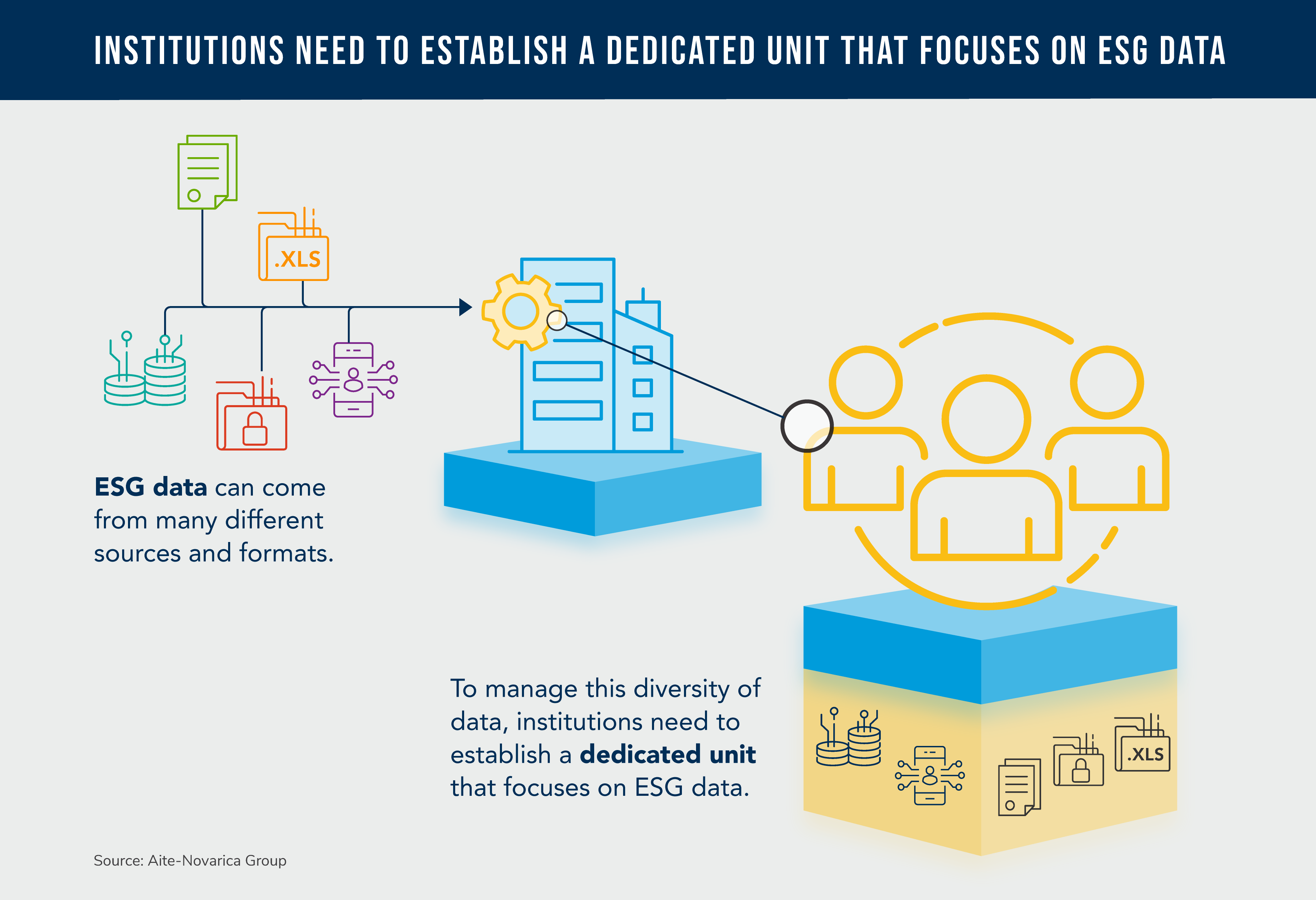Sustainable supply chain finance (SCF) is becoming an increasingly important tool for companies to improve the environmental, social, and governance (ESG) performance of their supply chain. It’s a multipurpose tool that can help mitigate risks, improve efficiency, and create value for all stakeholders involved. However, sustainable SCF requires reliable and transparent data to measure and monitor the ESG impact of each and every supply chain activity.
Data is essential for identifying the opportunities and challenges of sustainability-linked SCF instruments, designing the appropriate financing mechanisms and incentives, and verifying the outcomes and benefits. Without reliable data, sustainable SCF cannot effectively assess the ESG performance of the supply chain or measure the impact of financing. This is why transparency is key to sustainable SCF, as it allows for the accurate measurement and monitoring of ESG performance.
Another key factor in sustainable SCF is stakeholder engagement. This refers to the process of involving and communicating with relevant parties that have an interest or influence on the supply chain, such as suppliers, buyers, financiers, regulators, NGOs, and consumers. By engaging with stakeholders, sustainable SCF providers can understand their data needs and preferences and then tailor their data solutions accordingly. Moreover, stakeholders are encouraged to disclose and report their ESG data in a consistent and comparable manner, enhancing the credibility and quality of said data.
Overall, data and stakeholder engagement are vital components of sustainable SCF to improve ESG performance in the supply chain. Companies that embrace sustainable SCF can not only improve their own ESG performance but also create value for all stakeholders involved.
Challenges in Collecting Data
ESG data sources vary widely, and different sustainability SCF providers may use different methods and frameworks to measure ESG performance. This makes results inconsistent and incomparable, and some ESG data may be self-reported by the suppliers or buyers, affecting credibility and accuracy. To address these challenges, sustainability-linked SCF providers need clear and transparent criteria for data collection and verification. They also need third-party auditors or independent rating agencies to ensure data validity and reliability.
With this in mind, advanced sustainable SCF providers are already collecting and verifying data on various aspects of the production process. In the agribusiness sector, for example, land use, water consumption, fertilizer use, greenhouse gas emissions, biodiversity impact, and labor conditions are all being scrutinized in this way. This data may differ depending on the type of crop, the location of the farm, the seasonality of the harvest, and other factors.
Furthermore, some supply chains may involve multiple tiers of suppliers and intermediaries, which may make it difficult to trace the origin and destination of the products. Therefore, sustainable SCF providers are becoming aware of the need to adopt a holistic and granular approach to data collection and analysis. This approach requires advanced technologies (e.g., blockchain, satellite imagery) to improve the traceability and visibility of the supply chain.
While sustainable SCF is a promising tool for incentivizing suppliers to improve their sustainability practices, achieving its full potential requires standardized and reliable ESG data that is transparent and independently verified. By adopting a rigorous and comprehensive approach to data collection and analysis, sustainable SCF providers can help promote a more sustainable and resilient global economy.
Building Sustainable Credentials for Supply Chain Finance Data
We know that SCF can help suppliers go green by offering cheaper loans for meeting ESG goals, but questions remain over how to measure and report the impact of SCF on sustainability. Not only that, but an equally important question: how to make sure the data is valid and comparable. These are some of the issues that SCF providers need to address to build trust in their data.
A common challenge for sustainable SCF is measuring and reporting its impact on businesses, and, consequently, the possible risks and rewards for banks that fund ESG-linked initiatives. As a result, the fact that different regions have different levels of awareness and adoption of ESG principles must be accounted for. In North America, for example, investors and regulators are generally skeptical about the concept of ESG and its impact on financial performance. They may view ESG as subjective and not the right way to decide whom to lend to or invest in.
In contrast, European countries are more advanced and proactive in implementing ESG standards and practices. They have created innovation hubs and teams to focus on sustainability issues and drive positive change. Looking at Asia, the challenge is less on the environmental side and more on social and governance. There is not enough data from the manufacturers and their suppliers on how they manage ESG impacts. There is also a severe lack of consistency or transparency on what criteria they use to measure their ESG performance. This makes it difficult for investors and customers to assess their ESG risks and opportunities. The Asian demographic is also very different from Europe and North America in terms of their values and preferences regarding sustainability.
With all this being said, we certainly shouldn’t look at one factor in isolation—ESG data is not a one-size-fits-all solution. It needs to be tailored to the user’s specific industry, market, and goals. An example might be a bank seeking to offer sustainability-linked SCF support. In this case, the bank must understand the context and the impact of its clients’ ESG data and how it relates to other aspects of the bank’s own and the supply chain partners’ business. For example, a bank may want to know how its clients’ ESG data aligns with their credit risk, operational efficiency, reputation, and regulatory compliance. The process of creating a consistent and streamlined framework for ESG data is complex and requires a variety of people and skills.

ESG data can come from different sources and formats, such as structured databases, unstructured text, Excel files, or social media posts. To manage this diversity of data, institutions need to establish a dedicated unit that focuses on ESG data. This unit is responsible for acquiring, integrating, standardizing, and linking the data from various providers and sources. The unit also needs to have a strong IT infrastructure that can handle the data flow and provide access to the business users.
Savvy financial institutions have decided to establish solid partnerships with specialized ESG data providers that independently collect and analyze ESG data exclusive to the SCF-demanding company’s market and aligned with the bank’s business objectives. A specialized ESG data provider identifies the most relevant ESG indicators and metrics specific to each industry and market and collects ESG data from reliable and verified sources, such as third-party audits, surveys, and reports. The data provider analyzes ESG data using advanced tools and methodologies (e.g., artificial intelligence, machine learning, and natural language processing) and uses it to benchmark a company’s ESG performance against its peers and competitors. The results are then communicated to the sustainable SCF financial institution, adding the final necessary step to the process.
My thoughts in this blog were sparked by a recent Roundtable I hosted along with NTT DATA, Quantexa, and BBVA. To catch up on the content of that conversation, view the recording here. You can also reach out to me with your thoughts on sustainable SCF here.

